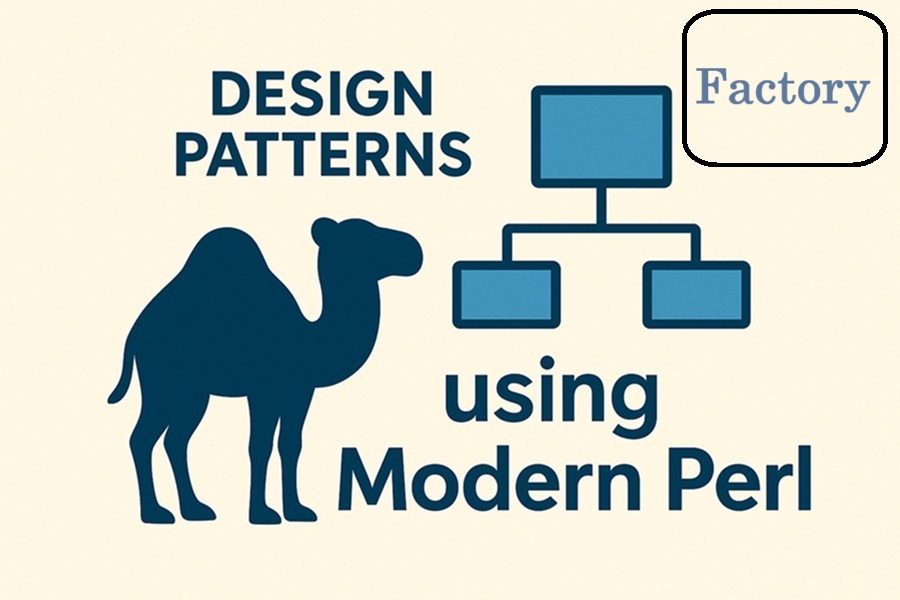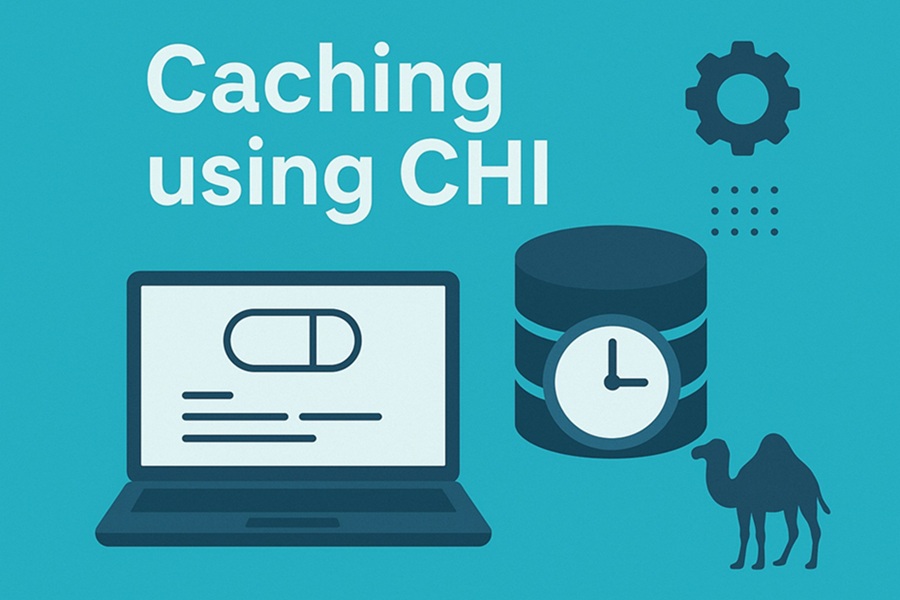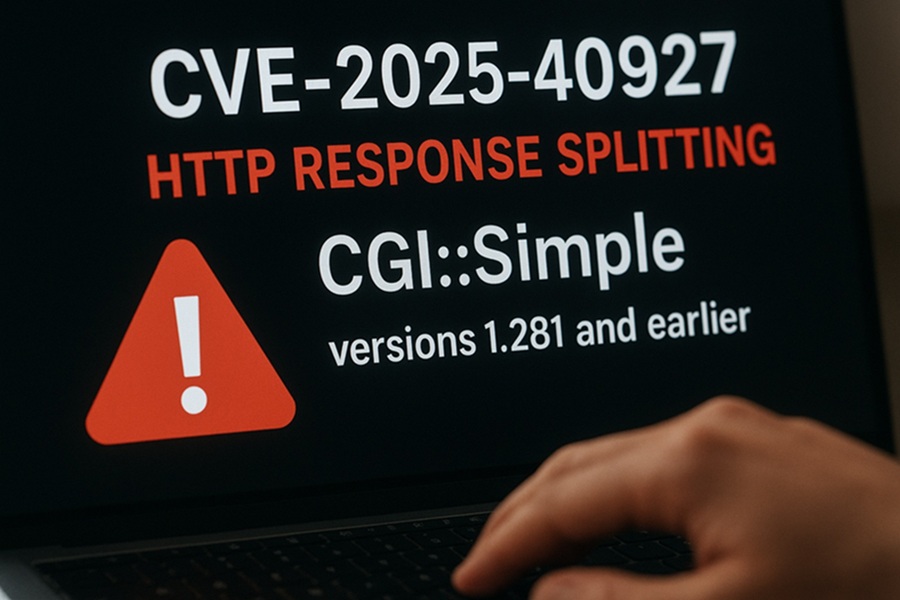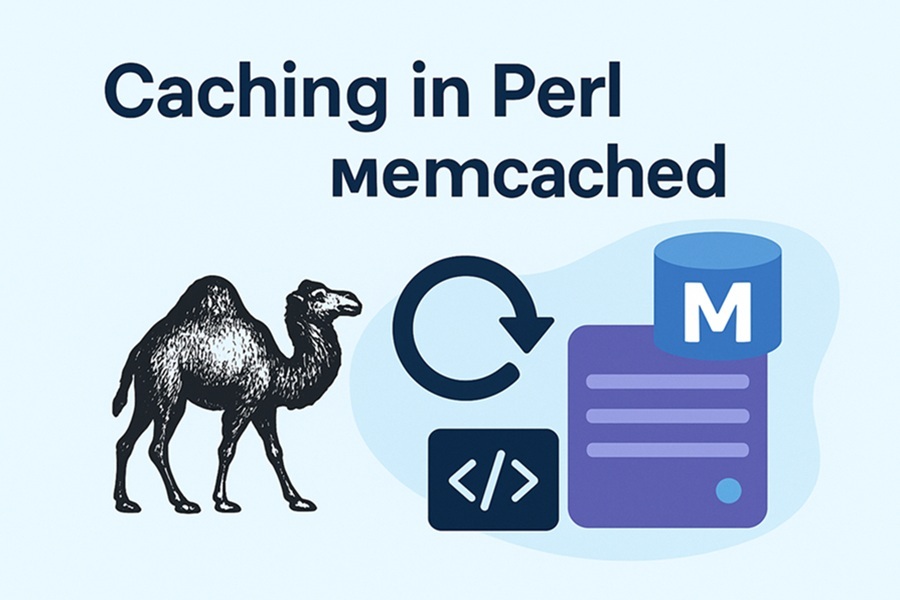Unary Operator

The unary + operator is one of the most commonly used operators in Perl. Below is a post detailing a recent situation where I encountered it:
https://theweeklychallenge.org/blog/unary-operator

The unary + operator is one of the most commonly used operators in Perl. Below is a post detailing a recent situation where I encountered it:
https://theweeklychallenge.org/blog/unary-operator
Ongoing scheduling issues have meant we haven’t met all three together for a while, but today Paul and Leon found a time to discuss a few issues.
5.43.3 just went out. .4 to .7 are accounted for, so we’ve a few months yet on that. Nothing for PSC to do for now.
Leon has been building a replacement for Net::SSLeay - an XS wrapper
of libssl. Eventual plan is that IO::Socket::SSL should be able to
use that instead. Eventual intention is that it can be bundled with the
actual core perl dist and get us ability to use https URLs from the
in-core CPAN client directly.
We should have a technical meeting at some point to round up some of the interested parties. PSC’s involvement can just be keeping an eye on it, and seeing if it is on track to be included in (5.)44.
TODO: Plan a time and audience for said meeting.
At long last - Dancer2 2.0.0!
I apologize it took longer than expected - open source doesn't always move as fast as we'd like it to - but there's a lot of great things in this release that make it worth the wait.
Head on over to Perl.com to check out the details. Here's a quick summary of what's new:
on_hook_exceptionWe're really excited for this release, and we hope you are too!
Keep Dancing!
Jason/CromeDome
We often rely on our tools and just deploy new DB versions and move on.
Lets see these simple examples.
Example 1
You have Schema v1 where table's column has the name `X`. At the next Schema v2 instead of it you created column named `Y`.
v1 -> v2
X -> -
- -> Y
So the tool correctly drops the `X` and creates `Y`.
Example 2:
For downgrades it looks the similar:
v2 -> v1
Y -> -
- -> X
Simple! Right??
Example 3
Let's do it in more advanced way. Now instead of create/drop we will rename field:
v1 -> v2
X -> Y{renamed X}
In this scenario SQL:T will detect `renamed` option and will generate `ALTER ...` statements correctly instead of CREATE/DROP one.
Example 4
Let's move to Schema v3 where we create `X` and drop `Y` (like we did in the example 1):
v2 -> v3
Y{renamed X} -> X

Design Pattern Factory: Moo vs experimental class feature.
Please check out the link for more information:
https://theweeklychallenge.org/blog/design-pattern-factory
The annual Perl-Conf.Ru/25 will take place in Moscow on September 27, 2025 — a special date marking the birthday of Perl's creator, Larry Wall!
The conference will bring together the Perl community to share experiences and discuss current trends in development. The program includes reports on modern tools and practical approaches to solving complex problems.
The talks will cover:
Registration and Details: https://perl-conf.ru/25
#!/usr/bin/perluse 5.36.0;
# ------------------------------------------------
say 'Does priority say we print 2b or ! 2b?';
my($action_types) = qr/PAYMENT|SETTLEMENT|TRANSFER/o;
say "Action types: $action_types";
for my $action (qw/PAYMENT REFUND/)
{
say "Action: $action";
say "Case: 1. $action (1a): ", $action =~ $action_types ? 'Present' : 'Absent';
say "Case: 2. $action (2a): ", "$action (2b): " . $action =~ $action_types ? 'Present' : 'Absent';
say "Case: 3. $action (3a): ", "$action (3b): " . ($action =~ $action_types) ? 'Present' : 'Absent';
say "Case: 4. $action (4a): ", "$action (4b): " . ( ($action =~ $action_types) ? 'Present' : 'Absent');
say "Case: 5. $action (5a): " . ($action =~ /$action_types/ ? 'Present' : 'Absent');
say '';
}
After a very long hiatus due to the triplet of work-vacation-work, we return to Part 3 of my AI assisted coding of a Perl interface to a foreign library.
I will not repeat the post on my Github pages Github pages, or the documentation of my MetaCPAN package Bit::Set which features a "vibecoding" section.
However, I would like to share the take home points from my exercise:

Caching using CHI.
Please check out the link for more information:
https://theweeklychallenge.org/blog/caching-using-chi
All three of us attended, but with Aristotle and Paul short on time. So this was a short meeting. We discussed some administrivia and reviewed the left-over todo list from the previous PSC.
We are moving full steam ahead. The Journals are not so easy to put out 2x a year we are finding, but the editing process for Issue #2 is moving ahead nonetheless. We are now collecting papers for inclusion for Issue #3. But our hybrid conferences are proving to be very successful endeavors. We hope you will consider submitting a Science Track paper or regular Perl talk to this 2 day hybrid conference in sunny ole Austin, TX, USA.
See more:

Re-creating the vulnerability CVE-2025-40927 in an isolated docker container. Please check out the link for more information:
https://theweeklychallenge.org/blog/cve-2025-40927
The transition meeting to the new PSC proved a bit tricky to schedule to get everyone from both the old and new PSC in attendance, but eventually we succeeded: Aristotle, Graham, Leon, Paul, and Philippe all participated.
Twenty years is a long time in the world of software. That's how long it's been since I last updated my Perl module, File::Finder. But today, thanks to a bug report from a dedicated user, I'm excited to announce the release of version 1.0.0!
For those who don't know, File::Finder is a handy little module that gives you the power of the find command right in your Perl code. It turns out that it wasn't playing nicely with Windows, and it was high time to fix that.
It's a surreal and wonderful feeling to revisit code you wrote two decades ago and find that it's still useful to people. It's a testament to the power and longevity of Perl and the open-source community.
A big thank you to the user who took the time to report the bug and help me bring this module into the modern era. It's moments like these that make you appreciate the collaborative spirit of software development.
You can find the new, Windows-friendly version of File::Finder on CPAN.
#Perl #CPAN #SoftwareDevelopment #LegacyCode #OpenSource #ThrowbackThursday
[this message written with the assistance of Gemini CLI inside VSCode]
Graphic::Toolkit::Color 1.9 brought several big new features which I will write about when 2.0 comes out - just to sum up what changed since 1.0. This time I want to describe the internal changes, since this release completed an in-depth rewrite. So this will be about software engineering, architecture and coding style. TLDR: simple, clear, DDD, OO by composition and arg and a color space DSL!

Caching in Perl using memcached.
Please check out the link for more information:
https://theweeklychallenge.org/blog/caching-using-memcached
I recently refactored the multi-core benchmarking framework I've been using for my Perl CPU benchmark suite (Benchmark::DKbench) and released it as a separate module: Benchmark::MCE.
Why spin it out? Because the harness can do more: it can be used to write custom benchmark suites of any type, generate massively parallel workloads for stress testing, or run throughput benchmarks against services and APIs.
The exact scenario that prompted me was a comparison of Cloud SQL database instances. We wanted to see how a 16-CPU Enterprise Plus instance would compare to a 24-CPU Enterprise instance under heavy load. One way to do that is to write one or more functions that run randomized, typical/heavy queries (e.g. random searches for SpareRoom ads in our case), then use Benchmark::MCE to time them running on dozens of parallel MCE workers to simulate high load:
The 2024 Perl Community Conference videos are being sent out now. To get the early access, join our announcement-only email list at https://perlcommunity.org/science/#mailing_list.
You may also join the Perl Programmers Facebook Group, or if you're a member go there. A few days after the latest videos are sent to our exclusive mailing list, they will get set to the FB group.
Finally, you may monitor our Perl Community Subreddit, which will be the last place they are officially released to the public. We just dropped batch #2. We have 2 more batches for the 2024 PCC. Then we'll be doing it all over again for the 2025 Summer PCC we just had in July.
And if you see anyone else releasing them on any other platforms, note this is currently unauthorized!
Cheers, Brett Estrade (OODLER)
Only Graham and Philippe attended. We coordinated with Aristotle via chat.
We only met to discuss the mailing-list moderation and immediate actions
(which resolved to sending an email to them moderators, and another one
to the list).
We also talked about moderation in general, and got some ideas to discuss
with the next PSC.
blogs.perl.org is a common blogging platform for the Perl community. Written in Perl with a graphic design donated by Six Apart, Ltd.